
American bison used to travel in huge herds—tens of millions—across North America. By the late 1880s, there were fewer than 1,000 remaining. Thanks to extensive conservation efforts, their numbers have grown again. There are now around 20,500 protected herds, and an estimated 420,000 are raised on private land in the United States.
These incredible animals, which weigh up to 2,000 pounds and reach speeds of 35 miles per hour, now roam protected sanctuaries that are their homes. While they now inhabit only a small portion of what they once did, bison symbolize hope and one of nature’s finest comebacks.
Yellowstone
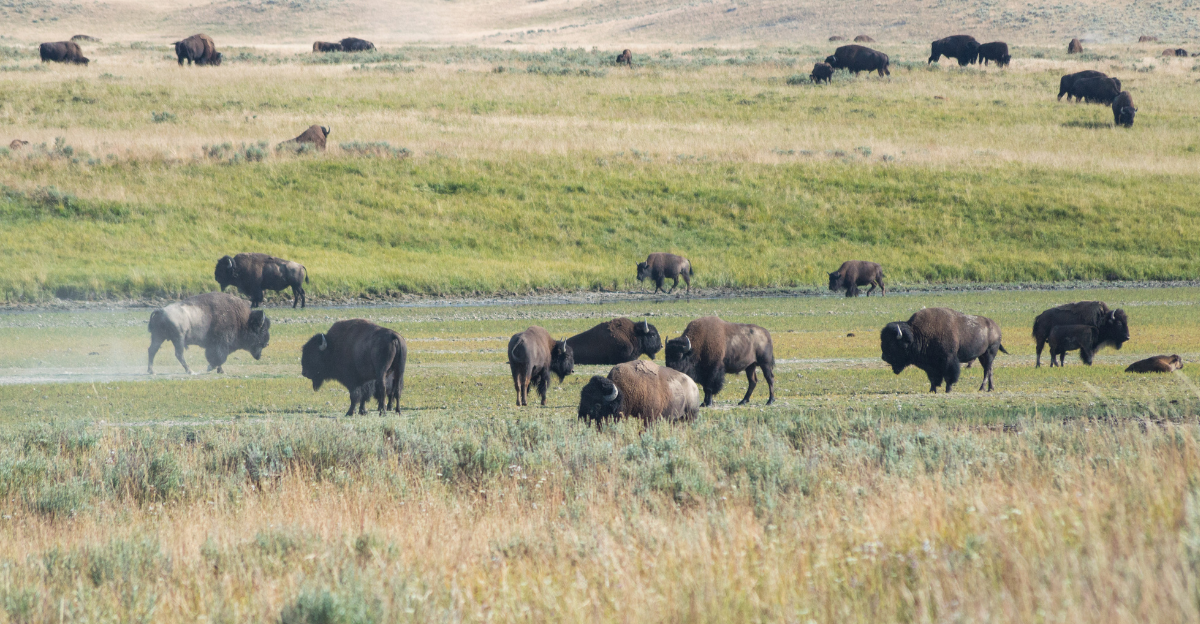
Yellowstone’s bison population is the largest and oldest public herd in the United States, with some 4,800 as of 2020. It’s split into a northern herd (approximately 4,460) and a central herd (approximately 1,360). Otherwise, it stands out as America’s only native population to remain continuously in the free world since prehistoric times—never extirpated or reintroduced.
Visitors can see hundreds of the magnificent creatures year-round within Hayden Valley and Lamar Valley, where they tend to feed near roads, providing exceptional photo opportunities. Yellowstone bison have not lost their natural behavior and ecological patterns, unlike most conservation herds. They are, therefore, an invaluable component of bison research in a natural setting.
Turner Ranches

Ted Turner, North America’s largest private landowner with roughly two million acres in six states, shelters an astonishing 45,000 bison, the continent’s largest private bison herd. Spread over 14 Colorado, Kansas, Montana, Nebraska, New Mexico, and South Dakota ranches, Turner’s operation demonstrates that conservation and profit coexist.
Turner Enterprises runs these gigantic properties as viable businesses on bison, hunting, fishing, and ecotourism while financially supporting innovative environmental initiatives like water resource management, forest management, and restoration of native species. This activity proves that commercial bison ranching, when well managed, can be a valuable part of conservation while offering economic sustainability.
Tribal Lands
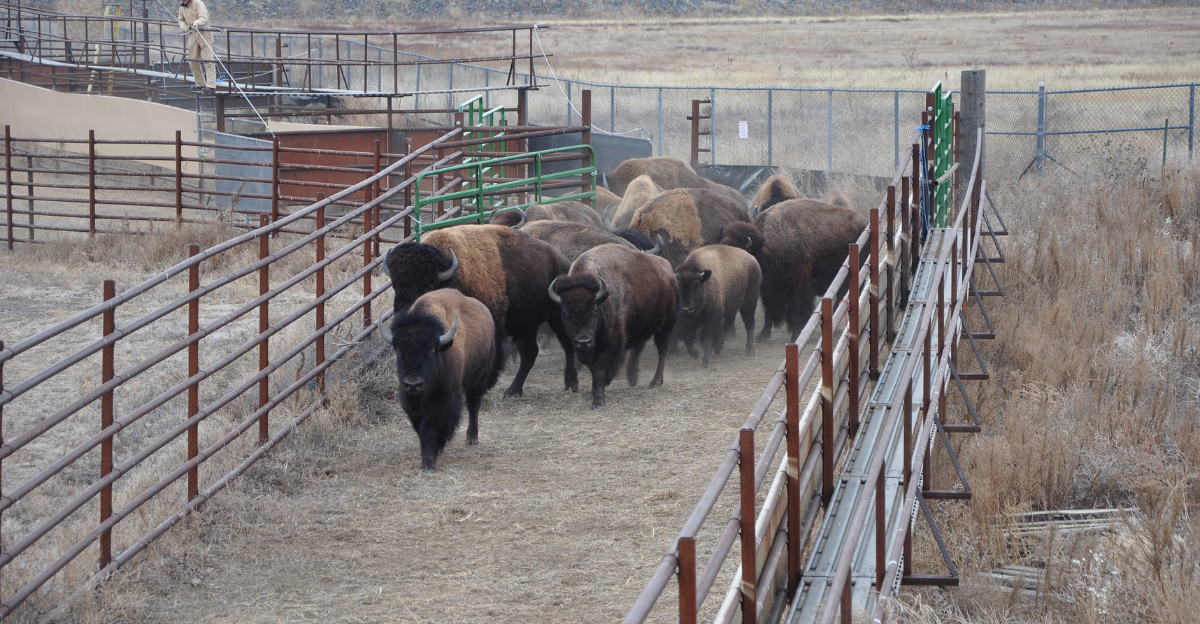
Native American nations are rebuilding their native relationship with bison through stunning conservation efforts. The Rosebud Sioux Tribe has committed 28,000 acres to create the Wolakota Buffalo Range, which will support 1,500 animals and be North America’s largest Native-owned and operated bison herd. Meanwhile, on the Fort Peck Reservation, the Assiniboine and Sioux Tribes have received 294 Yellowstone bison since 2019, the biggest single shipment under Yellowstone’s Bison Conservation Transfer Program.
The InterTribal Buffalo Council has shared approximately 170 bison with 23 tribes across 12 states. For native peoples, these are not only conservation efforts but religious memorials. Wizipan Little Elk of the Rosebud Sioux explains, “We’re Lakota people, and that means we’re buffalo people.”
Custer State Park
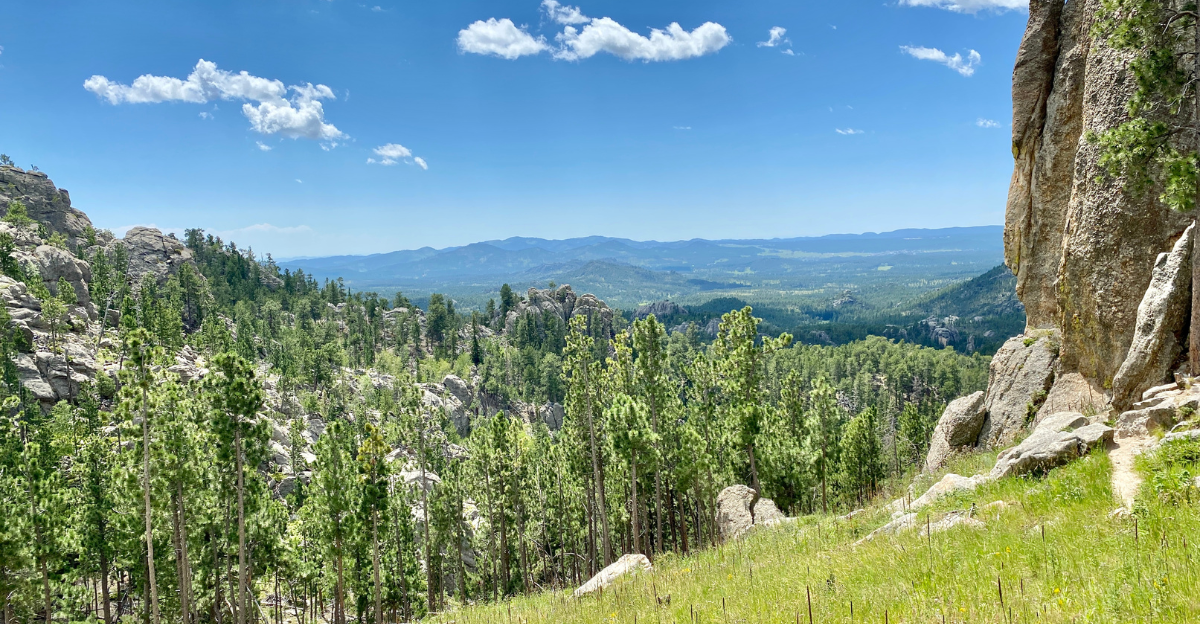
With approximately 1,500 bison, South Dakota’s Custer State Park is home to one of America’s largest publicly owned herds. The park’s mixed-grass prairie habitat is ideal grazing country for these behemoths, who share the land with pronghorn antelope, elk, and mountain goats. The September annual buffalo roundup has become a trademark event where the cowboys, cowgirls, and park rangers drive the herd into corrals to sort, vaccinate, and take control of the population.
The publicly open-to-view herd offers tourists the luxury of seeing bison in closely replicated conditions of their natural homeland while gaining important education about the conservation work carried out. The successful model for the park operates on the ecological needs with public openness and education.
American Prairie Reserve
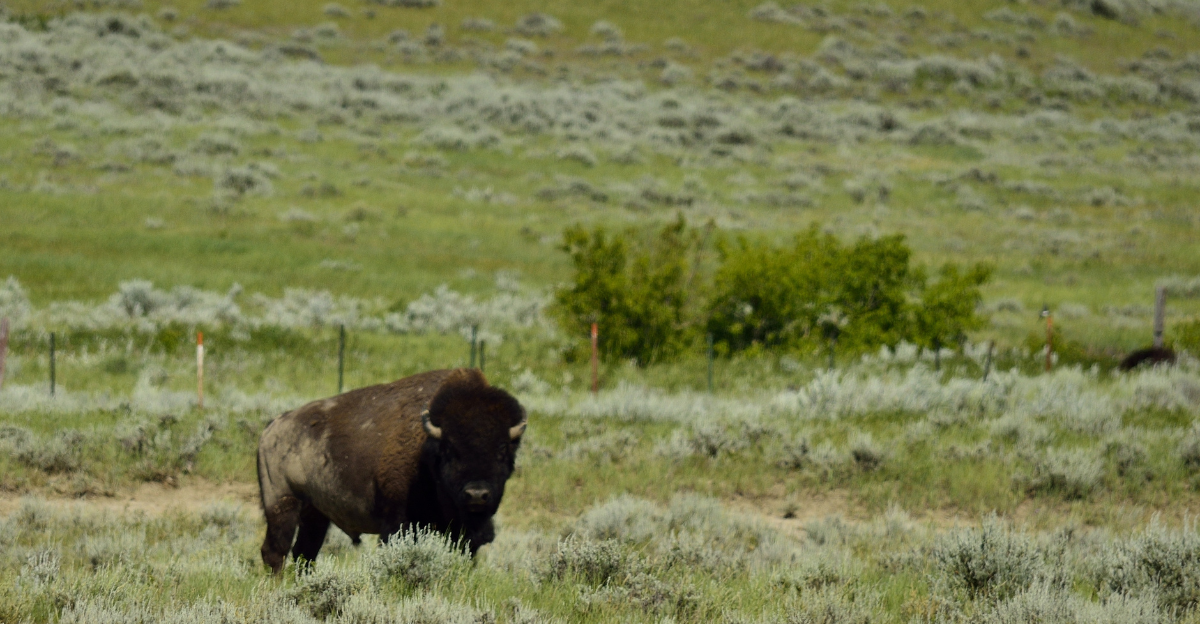
The American Prairie Reserve in Montana is bringing back bison on a large scale. They started in 2005 with just 16 bison from Wind Cave National Park. Now the herd is about 800 animals.
Their near-term goal is to reach 1,000 bison, and their long-term goal is to have at least 5,000, which is needed for a healthy population. What is so special about this herd is the focus on pure genetics. They found cattle genes in some of the bison in 2011, so now they import pure bison from Elk Island National Park in Canada.
Wind Cave and Theodore Roosevelt National Parks

Wind Cave National Park’s 250-400 bison herd is one of only seven genetically pure, free-roaming herds on public land in North America. Founded with 14 bison from the New York Zoological Society and six from Yellowstone, this herd has served as foundation stock for other conservation herds, including the Tallgrass Prairie bison in Kansas.
Meanwhile, Theodore Roosevelt National Park maintains 200-500 bison in its South Unit and 100-300 in the North Unit. Both sets of populations are accurately controlled as genetic reservoirs to preserve distinctive traits of plains bison (Bison bison bison).
Wichita Mountains
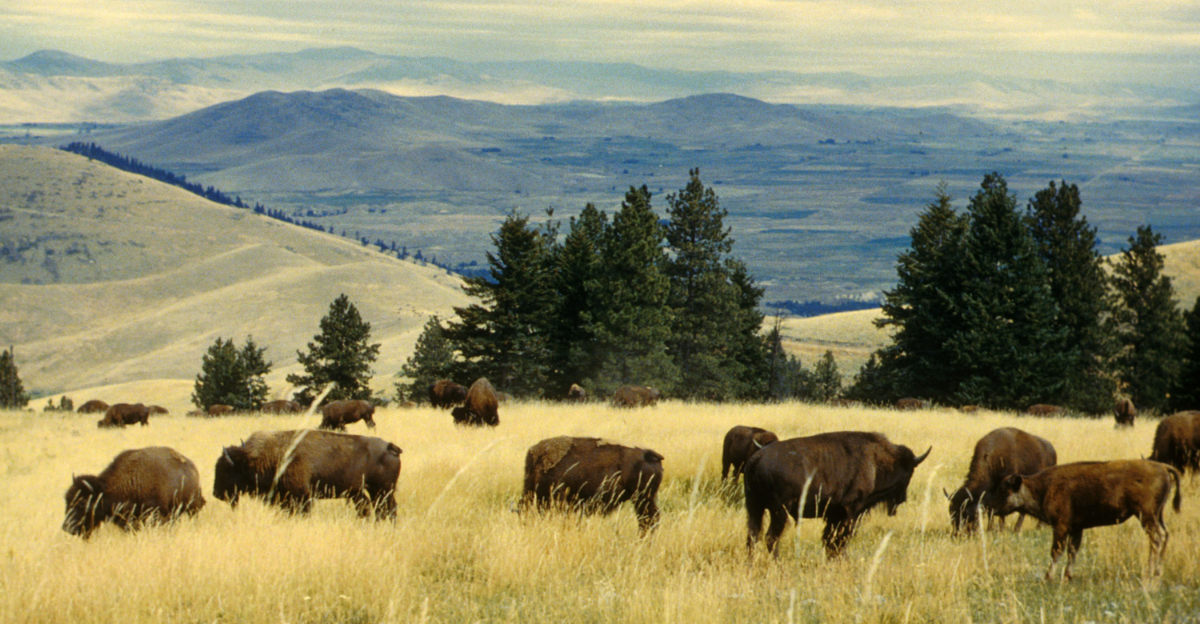
The Wichita Mountains Wildlife Refuge in Oklahoma is home to the largest bison herd maintained by the U.S. Fish and Wildlife Service, consisting of about 650 animals. The refuge was founded by President Theodore Roosevelt himself in 1905, and the first 15 bison were transferred to it from the New York Zoological Park in 1907.
In Montana, the CSKT Bison Range, previously known as the National Bison Range, holds 300-500 bison. The herd was transferred to tribal ownership after over a century of federal ownership in 2021 as part of a significant conservation policy change.
Henry Mountains
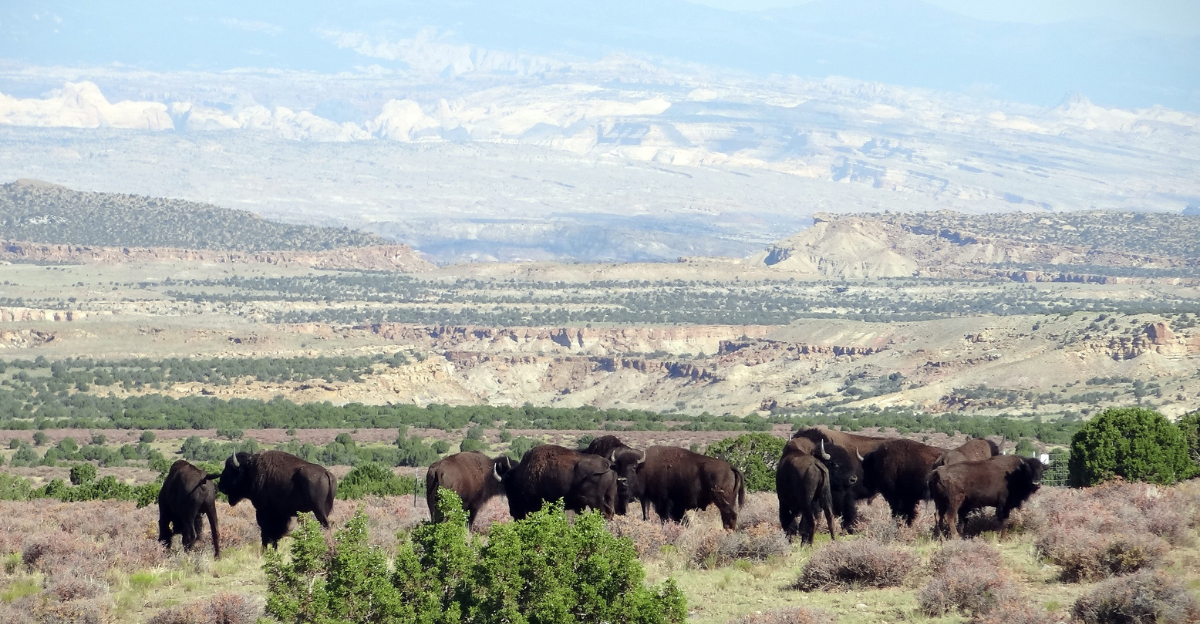
The Utah Henry Mountains bison herd is a superb model of a huntable, disease-free, free-roaming herd that coexists with cattle on unfenced allotments. Initially founded in 1941 from just 18 Yellowstone bison (3 bulls and 15 cows), supplemented by five more bulls in 1942, this closed population now consists of around 400 animals.
The herd range encompasses about 125,000 hectares of public land managed by the Bureau of Land Management, while the Utah Division of Wildlife Resources manages the bison themselves. “Since 1960, population regulation has primarily been managed through controlled sport hunting, using a mix of ‘cow only’ and ‘hunter’s choice’ tags within an escapement threshold harvesting system.”
Expanding Herds, Expanding Impact
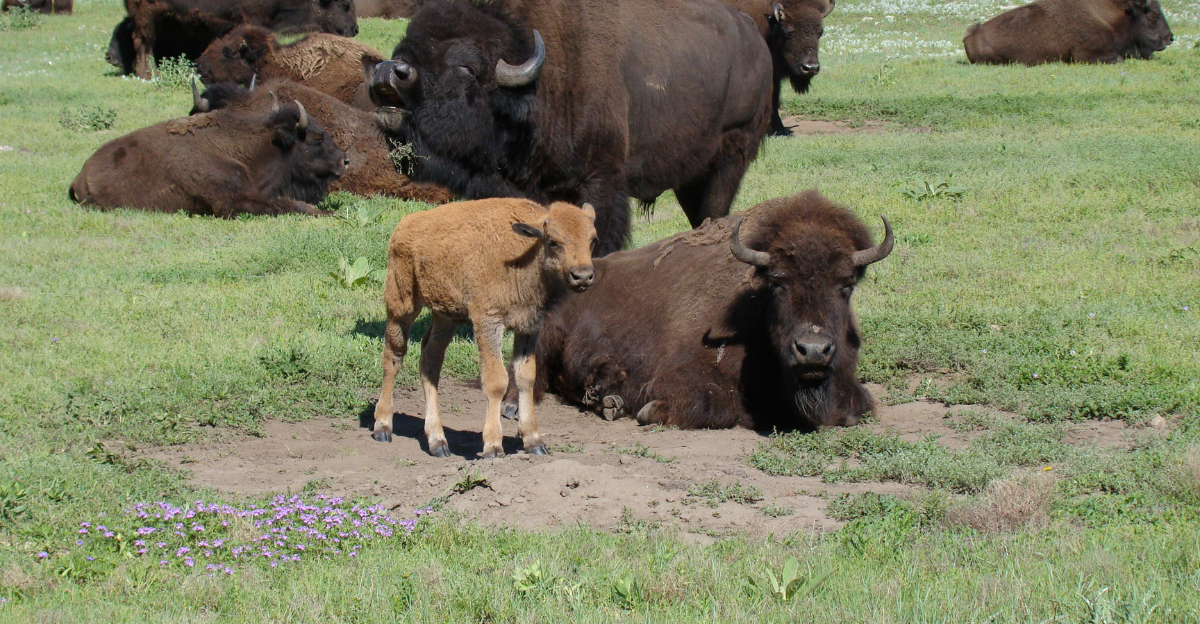
America’s largest bison herds represent more than conservation success—they’re vital to ecosystem restoration. Scientific consensus holds that truly sustainable herds require at least 1,000 animals to maintain genetic health, with ideal ecological benefits achieved at 2,000–3,000.
As current herds grow and new ones are established, key goals arise: improving genetic diversity through strategic transfers among isolated herds, addressing disease issues—especially brucellosis in the Yellowstone area—and expanding the total conservation herd beyond 20,500. The bison’s future depends on continued public-private cooperation, tribal stewardship, and innovative management that balances ecological, cultural, and economic priorities while securing more land for this sacred species.
Explore more of our trending stories and hit Follow to keep them coming to your feed!

Don’t miss out on more stories like this! Hit the Follow button at the top of this article to stay updated with the latest news. Share your thoughts in the comments—we’d love to hear from you!







